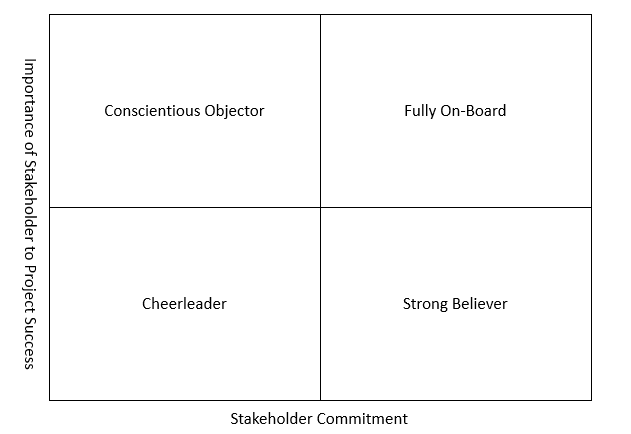Why is it relevant?
Working with a growing group of diverse stakeholders (citizens, scientists, policy-makers, practitioners, etc.) is at the heart of a Citizen Observatory. Yet it can be a real challenge to coordinate communication and activities among all the different groups. This is especially true when the Citizen Observatory is still fairly new and its members do not yet have an established way of working together.
How can this be done?
Finding ways in which to work with all stakeholders within a Citizen Observatory is often challenging. However, there are several methods and tools which can help you to engage with this variety of stakeholders from the start and throughout the lifetime of your observatory.
Useful Resources
PROJECT REPORT: This Ground Truth 2.0 report presents the generic elements of a stakeholder engagement for Citizen Observatories (i.e., to sustainably engage active participants and influential supporters) and shows the tailored strategies of for six Citizen Observatories.
VIDEO: The GROW Insights Workshop held a meeting and panel with local and national authorities, policy-makers and decision-makers to explore Citizen Observatories’ contributions to the SDGs in Athens.
BOOK: Citizen Sensing: A Toolkit from the Making Sense project presents a framework, tools and methods in action. See case sStudies “(Amsterdam AirQ” and “) , Commons Mapping Tool”.
CoP: The WeObserve Co-design & Engage Community of Practice brings together practitioners of Citizen Observatories and citizen science to share and learn different ways of engaging stakeholders in Citizen Observatories.
PROJECT REPORT: Engagement activities and their impacts on policy development. It includes UN FAO slides from one of the GROW MOOCs covering multi-stakeholder soil governance models.
You may also be interested in:
I want to engage stakeholders…
…by understanding the context and identifying key stakeholders
This work by parties of the WeObserve consortium is licensed under a Creative Commons Attribution-ShareAlike 4.0 International License. ![]()

